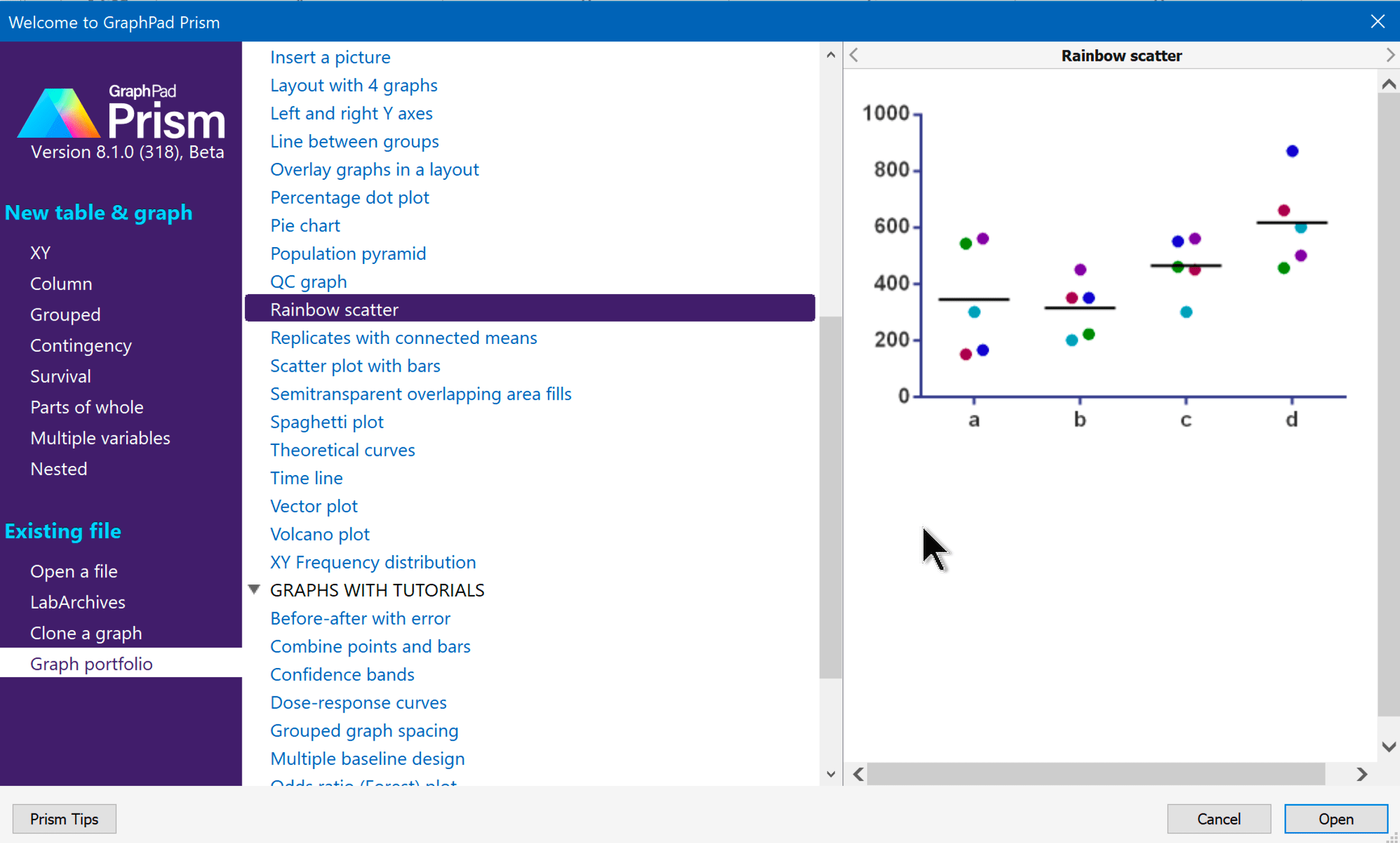

The program has almost identical interfaces on the two platforms this allows the users to easily switch back and forth with virtually no learning curve. Users can open files created on one platform on the other platform with no special conversion. InStat 3.0 is available for both for Macintosh and Windows users. InStat's help screens review the use of each test and explain every portion of the results to its users in a much simpler and easy to understand manner. InStat presents results in simple paragraphs, with a minimum of statistical jargon. If unsure, consult the extensive help screens, which can explain the statistical reasoning in plain language. Even those who are statistical novice can analyze data in just a few minutes, making it even better for handling information for the business.InStat helps its users pick an appropriate test by asking questions about a given data. We’ll find a way to make these choices less confusing in a future release.InStat provides an easier process for its users to use and understand statistical analyses that would be beneficial for the company. But of course, we use the standard definition of <0.05. Some people have misunderstood this to mean that we define a single asterisk to mean P<0.0332. It shows one P value presented as “.033”, or as “0.033”, or as “0.0332” depending on the choice you made (note the difference in the number of digits and presence or absence of a leading zero). Prism 8.0-8.2 presents the choices for P value formatting like this:

In this column, current versions of Prism simply write “Yes” or “No” depending on if the test corresponding to that row was found to be statistically significant or not. It would never places more than one asterisk. Prism would either places a single asterisk in that column or leaves it blank. In earlier versions of the software (Prism 6), the “Significant?” column would display a single asterisk if the t test for that row is statistically significant, given your setting for alpha and the correction for multiple comparisons. The multiple t test analysis is different than all the rest. Note that the first two choices (APA and NEJM) show at most three asterisks (***) and the last two choices will show four asterisks with tiny P values (****). P ≤ 0.0001 (For the last two choices only)

Each analysis that computes P values gives you four choices: Starting with Prism 8, Prism allows you to choose which decimal format Prism will use to report P values (information on previous versions of Prism can be found below).


 0 kommentar(er)
0 kommentar(er)
